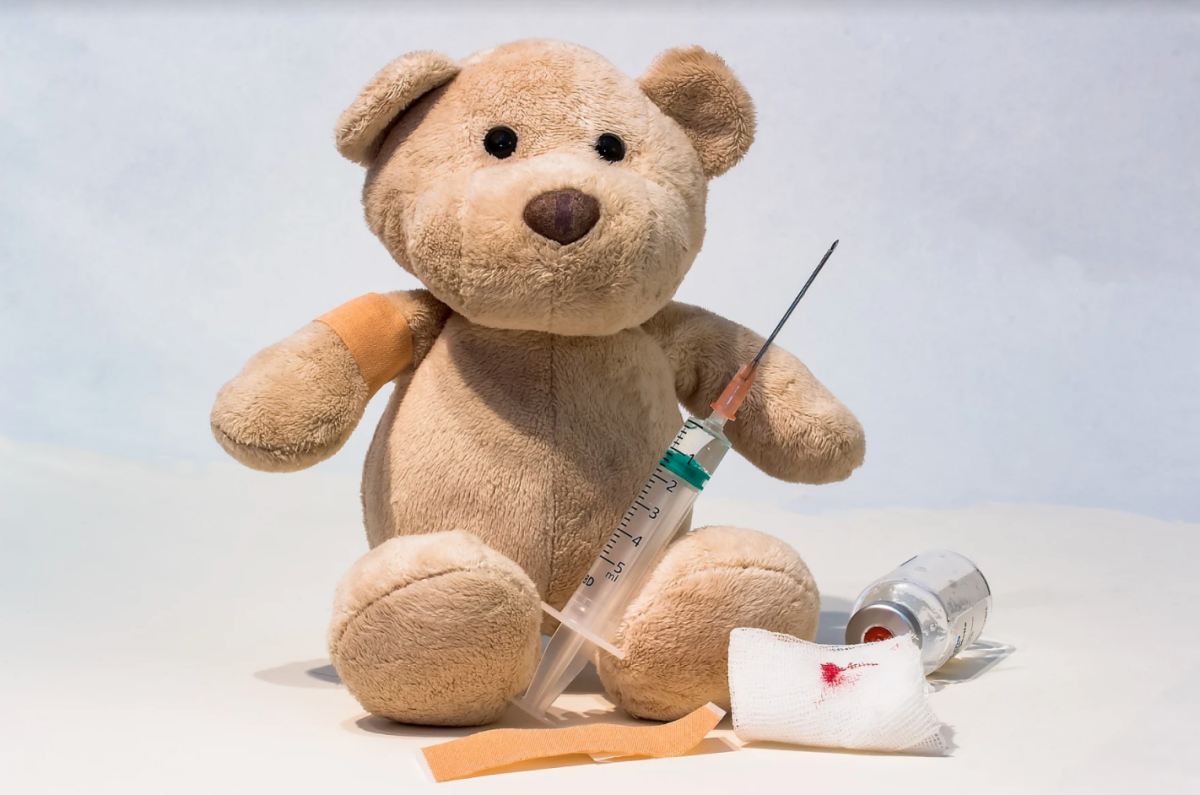COVID-19 was officially recognized as a pandemic by the World Health Organization (WHO) on Mar. 11, 2020, and America is currently still battling for control as cases continue to rise. The month of November, however, has taken a turn for the better with newly released advancements regarding a Pfizer coronavirus vaccine. In collaboration with Operation Warp Speed (OWS), a Pfizer vaccine is expected to begin distribution by mid-December, assuming that their vaccine gains FDA approval, and OWS is expecting widespread vaccination in America to be completed by spring of 2021.
Vaccines are used in order to train one’s immune system to recognize the infectious part of the virus. Generally, vaccines contain the virus itself, though weakened, or certain proteins of the virus. Essentially, a vaccine is an imitation of the infection, and this allows the body to learn how to properly fight against it, preventing infection or lessening the impact of it. The Pfizer coronavirus vaccine is different. It is a messenger RNA (mRNA) vaccine that, according to Sanjay Mishara, who has previously worked to develop vaccines for other illnesses, “encodes the viral protein,” allowing for the body to “preview” what COVID-19 would look like and give the body time to develop antibodies that are capable of stopping the real virus. By encoding the viral protein, our bodies are told to create an immune response. This immune response produces antibodies, which protect from a coronavirus infection. While mRNA vaccines are new, they have been researched for decades. The Centers for Disease Control (CDC) has stated that “the only COVID-19 vaccines the Food and Drug Administration will make available for use in the United States will meet [safety and effectiveness] standards.”
What is Operation Warp Speed?
OWS is an effort initiated by the government to help in the development, manufacturing, and distribution of a COVID-19 vaccine. OWS is helping to speed up the development of vaccines by providing government support to the most promising candidates, one of those being Pfizer. The plan is to distribute the vaccine in phases, beginning with healthcare workers, then broadening the recipient pool to those who have underlying conditions and elderly over the age of 65 who reside within living facilities. After that comes the rest of the over 65 group, along with critical workers who are in higher-risk situations, such as teachers, as well as those living in prisons. Phase 3 is next, including children and young adults, if deemed safe for those ages, and more of the workforce. Lastly, phase 4 will include the rest of America, expected to be 5 to 15 percent of the population remaining unvaccinated until then.
Of course, there is still the issue of not having enough of the vaccine, especially because it is a two-stage process, meaning two vials will be enough to vaccinate one person. OWS is working around the clock to ensure all 330 million Americans will have the opportunity to vaccinate if they choose, but that may not be able to happen as fast as necessary. As of right now, the best option is to stay at home as much as possible, and respect CDC guidelines regarding social distancing and wearing masks. Spring has become the focus of 2021, as widespread vaccination has been projected for then, however, it is important to keep in mind that it is simply a projection, and continue to remain safe until America can truly become united once again.







